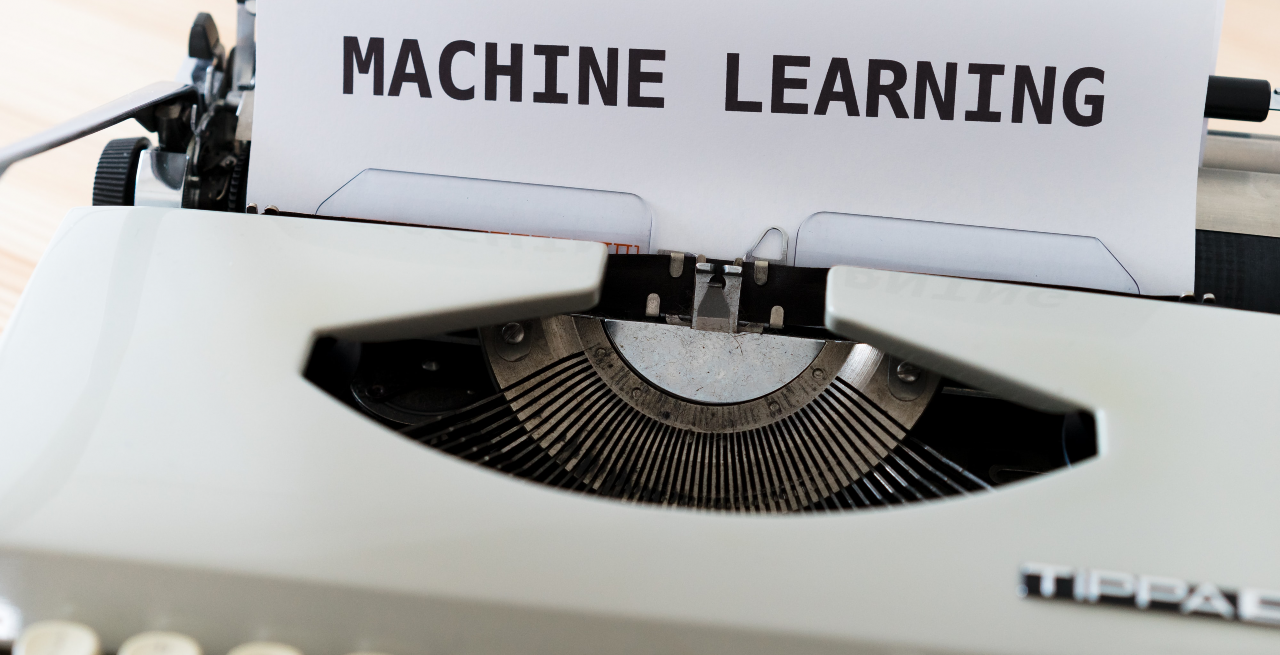Everything You Need To Know About the Increasing Role of AI in Restaurants
5 Min Read By Scott King
You are sitting in your favorite restaurant and have placed an order on a tablet at your table. After a few seconds of placing the order, a notification appears on your messaging app.
*Ding* ‘Your order is being prepared by Chef Bot 19 and will be delivered to your table in approximately 19 minutes. To get a receipt for your order, reply with Hi. We hope you enjoy your dining experience with us. – Team Bots’
It sounds like something out of a science fiction movie, right? AI-based robots cook your food and deliver meals on time without missing a beat. Although such a development is possible a decade ahead of us, we continue to see the rise of AI in restaurants for some level of cooking.
However, trained chefs don’t need to worry about losing their jobs to a restaurant AI yet, but we cannot dismiss this scenario entirely either. For now, restaurants are using AI (Artificial Intelligence) and ML (Machine Learning) to streamline operations and improve customer service in a much less tech-savvy environment.
What are AI and ML?
AI and ML are buzzwords and often sound out of reach of an average restaurateur. But smaller businesses can implement AI to make small changes that impact their business. But before we learn more about it, here is a quick recap of what AI and ML are.
AI is a program developed by humans to respond to a set of instructions under specific environments. AI programs factor in various variables like human response patterns, scenarios, locations, languages, and more to deliver what is expected of them.
Dealing with AI can be understood through video games. For example, some of the most popular role-playing games allow you to control your character completely and give you different dialogue options to choose from. In turn, your decisions impact how the story unfolds during your playthrough, often resulting in very different end results for different players.
On the other hand, machine learning (ML) is a subset of AI and provides a new set of actions and inputs by analyzing data collected from users. For example, your Netflix account sends your recommendations based on the content you viewed in the past, and you continue to get more suggestions that interest you when you keep using the service for an extended period. In short, ML learns from human behavior and responses to generate targeted responses or suggestions for each user.
Let’s Start With the Why
AI in the restaurant industry can assist restaurateurs and chains in providing a platter of features (pun intended) to help them streamline their businesses. And, restaurants need to adapt. Recent technology advancements, mobile devices, and the pandemic all shifted the way restaurants need to operate.
-
Competition: The pandemic significantly affected the restaurant and hospitality industries. Local health lockdowns and limitations caused havoc for food supply chains, staffing, customer demand, and remote ordering. Many restaurants were ill-prepared to compete with food delivery services like GrubHub and DoorDash. These services gained significant market share over the past two years and ate into restaurant margins. AI can assist restaurants in optimizing how they manage and operate menus to increase margins.
-
Improve Customer Experience: Repeat customers are the backbone of a restaurant business. AI in restaurants allows you to deliver better customer experiences by increasing engagement opportunities. You can use an AI to offer special deals via loyalty programs to encourage loyal customers to visit more often. Restaurants that can achieve brand loyalty can maintain margin and not surrender to food delivery services.
-
Mitigate Errors: Ordering food through tablets or mobile devices reduces errors generated using hand-written tickets. Some common mistakes like the temperature of the steak are wholly removed from the ordering process (Can’t say the same about the cooks; maybe we need those robots for precise cooking temperatures).
-
Control Costs: With automated table reservations to take orders on mobile devices, AI in restaurants can help the owners save money on hiring more staff. Restaurants can operate with less staff and less overhead. This is important since the staff is difficult to obtain and retain.
How the Role of AI in Restaurants Is Increasing
The restaurant industry has experienced a significant paradigm shift in the past decade. Along with delivering excellent meals, restaurants strive to deliver delightful customer experiences to encourage their customers to revisit them.
Just look at how brands will attract more customers; CallBurger franchise in Pasadena showcasing a burger-flipping robot named Flippy, or Dominos using drones to deliver pizzas in New Zealand.
But they have tons of cash to burn on such gimmicks, right? How can a smaller restaurants compete with that? That’s true, but AI in restaurants isn’t about fancy gimmicks or eye-catching technologies alone. Today, AI is accessible to everyone, and there are smaller ways to use it to your advantage.
Role of AI in Front of House
- AI Assistants: Conversational AI can assist customers in communicating with restaurant systems for booking a table, adding a guest to a waitlist, ordering meals, or even answering common questions like ‘do you have vegan food as well?’.
- Voice Ordering: Many users prefer using voice search to search for nearby restaurants. Amazon Alex, Siri, and Google Home are some prominent devices that leverage AI to help users order online with a voice search. Voice ordering is now being implemented at drive-thrus and self-service kiosks to allow the customers to place orders without touch screens.
- Personalized Customer Experiences: In restaurants, AI can store thousands of gigabytes of data and offer customized food options to the customers based on their previous orders. For example, KFC even has facial recognition technology to cater to repeat customers. Now that kind of technology isn’t accessible to everyone, but restaurants can always use AI to target their menu's digital marketing.
Role of AI in Back of House
- Inventory Management: Integrating inventory with your point of sale (POS) systems is an essential AI capability that every restaurant needs. Restaurant owners can track inventory purchase data, which can help them buy ingredients more efficiently. In addition, it helps them ensure that they limit waste and that food costs remain under control.
- Automated Marketing: As discussed above, restaurant owners need a reliable digital marketing plan to stay a step ahead of the competition. AI today enables them to create better marketing strategies, maximize click-through rates, and run effective targeting campaigns to bring in more people to the restaurant. In addition, when done right, AI can help them upsell to regular customers using a variety of promotions tailored to their preferences.
- Hiring and Staff Management: Staffing is a significant challenge for any food and beverage business. AI can assist in hiring, training, and staffing to optimize the number of staff members needed during each shift.
- Standard Operating Procedures: AI and automation help staff find anomalies inside of standard operating procedures. Restaurants use AI and natural language processing (NLP) to reduce user training needs for back of house procedures like equipment and food temperature checks.
- Accurate Data-Based Insights: Brands like McDonald's are using AI technology to forecast the orders placed in their drive-thrus. They study historical data about what customers order the most to anticipate which menu items will be ordered the most during rush hours. This technology reduces the time spent on preparing the orders, and they can serve more customers in the same amount of time.
As you can see, AI is playing an increasingly important role in restaurants – both front and back of house. From ordering and marketing to staffing and insights, AI is helping restaurant owners run their businesses more efficiently and effectively. If you're not already using AI in your restaurant chain, now is the time to start.


